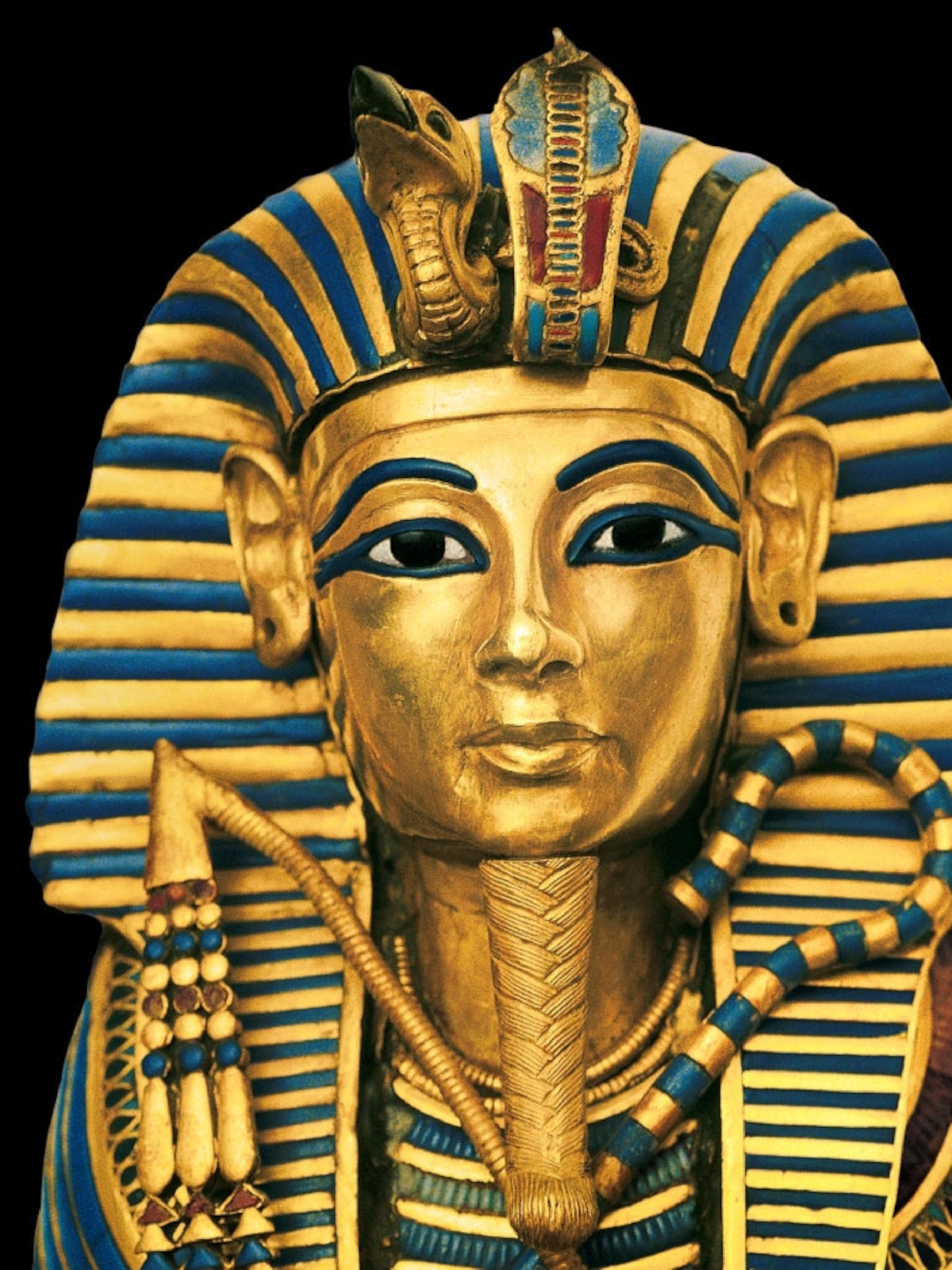THE CURSE OF KING TUT
King Tutankhamun, also known as the boy king, was an Egyptian pharaoh who ruled from 1332 BC to 1323 BC during the 18th dynasty of the New Kingdom period. Tutankhamun became famous in modern times due to the discovery of his tomb in the Valley of the Kings in 1922 by British archaeologist Howard Carter. However, the discovery of the tomb was not without controversy, as it was said to have been cursed. In this blog, we will delve into the curse of King Tutankhamun and explore whether or not it was real.
The Curse of King Tutankhamun
The legend of the curse of King Tutankhamun dates back to the early 20th century when the tomb was first discovered. It was said that the tomb was cursed, and those who entered it would suffer a terrible fate. The curse was said to have been inscribed on the door of the tomb, which read: "Death shall come on swift wings to him who disturbs the peace of the King." The curse was believed to be a warning to those who would dare to disturb the pharaoh's resting place.
The discovery of the tomb was shrouded in mystery and tragedy. Lord Carnarvon, the British financier who funded the excavation, died shortly after the tomb was opened. It was said that he died from an infected mosquito bite, but many believed that he had fallen victim to the curse. The media sensationalized the story, and the curse became a popular legend.
Other members of the excavation team also suffered misfortune. A photographer who had been present during the opening of the tomb was later found dead in his bed. A member of the team who had handled the pharaoh's mummy died of a mysterious illness, and another member of the team was said to have been driven insane by the curse. It seemed that the curse was real and that those who had disturbed the pharaoh's resting place had been punished.
The Reality of the Curse
However, the reality of the curse is not as clear-cut as it may seem. The deaths and misfortunes of those who were involved in the excavation of the tomb can be explained by more rational explanations. Lord Carnarvon, for example, had suffered from a mosquito bite that became infected, leading to blood poisoning and his eventual death. The photographer who had been present at the opening of the tomb had died from natural causes, and the member of the team who had handled the pharaoh's mummy had died from an illness that was unrelated to the curse.
It is also important to note that not everyone who had been present at the opening of the tomb suffered misfortune. Howard Carter, the archaeologist who had discovered the tomb, lived for another 17 years after the tomb was opened and died of natural causes. Other members of the excavation team also lived long and healthy lives.
The curse of King Tutankhamun was likely a fabrication of the media and popular imagination. The discovery of the tomb had been a significant event, and the idea of a curse added to its mystique. The legend of the curse continues to this day, despite evidence to the contrary.
Conclusion
The curse of King Tutankhamun was a legend that had been created out of the media's fascination with the discovery of the tomb. While the deaths and misfortunes of those who had been involved in the excavation of the tomb were tragic, they can be explained by more rational explanations. The idea of a curse had added to the mystique of the discovery, and it had captured the imagination of the public. However, the reality of the curse is likely nothing more than a myth.







.png)
Comments
Post a Comment